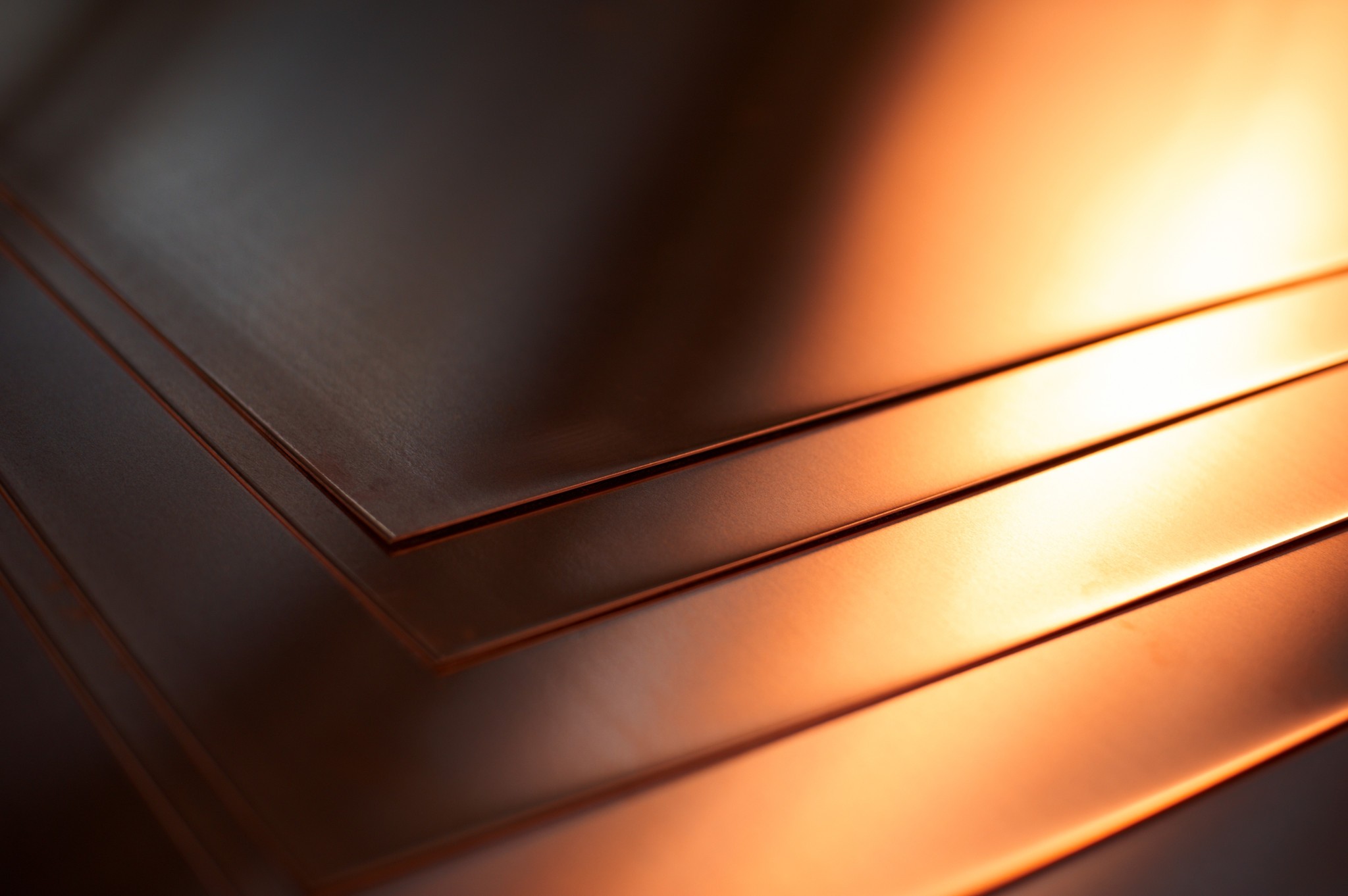The Ultimate Material Showdown: Choosing the Right Sheet Metal for Your Project+ View more
The Ultimate Material Showdown: Choosing the Right Sheet Metal for Your Project
+ View more
Date:2024-04-01 16:00
Sheet metal fabrication is a fundamental and critical process in manufacturing, involving the cutting, bending, and forming of various materials. Selecting the right material is crucial to ensure product performance, durability, and cost-effectiveness. In this article, we will discuss several common sheet metal materials and use real-life case studies to help you understand how to choose the best material for your project.
Stainless Steel: A Sturdy Choice for Corrosion Resistance
Case Study Highlight: A food processing equipment manufacturer needed to produce a new mixer. Given the concerns around cleanliness and hygiene, they opted for 304 stainless steel as the primary material. Not only is 304 stainless steel corrosion-resistant and easy to clean, but it also meets food-grade standards. After intense daily operation, the mixer continues to maintain its integrity and luster.
Aluminum Alloy: Lightweight with Great Malleability
Case Study Highlight: The aerospace industry demands materials with exceptional properties. An aircraft manufacturer sought a material suitable for fuselage and wing components, and aluminum alloy was the top choice. They processed 6061 aluminum alloy for its excellent tensile strength while being incredibly lightweight, contributing to improved fuel efficiency and performance of the aircraft.
Carbon Steel: Strong and Economical
Case Study Highlight: Industrial machinery manufacturers often face cost pressures while needing to ensure the strength and durability of their components. Carbon steel became an ideal choice due to its excellent strength and lower cost. For example, an agricultural equipment company chose A36 carbon steel plate for its plowing machinery, providing sufficient strength to withstand prolonged soil cultivation while keeping production costs relatively low.
Copper: Perfect Blend of Conductivity and Ductility
Case Study Highlight: In the electronics industry, material requirements for sheet metal fabrication are often related to conductivity. Copper is widely used for circuit boards and cable assemblies because of its superior electrical conductivity and good malleability. A manufacturer of high-end audio systems chose C101 copper for its internal wiring board. This high-purity copper not only ensures lossless signal transmission but is also easy to precisely form during the fabrication process.
Specialty Alloys: Custom Solutions for Extreme Environments
Case Study Highlight: In certain extreme applications, such as chemical processing or high-temperature environments, standard materials may not suffice. For instance, a petrochemical company needed a material that could withstand high temperatures and resist corrosion for constructing its reactors. Inconel alloy, known for maintaining high strength at elevated temperatures and excellent corrosion resistance, became the go-to choice for sheet metal fabrication.
Conclusion
Every project has unique requirements from durability to cost to aesthetics, and selecting the right material is key to success. Taking into account all aspects of your project and consulting with experienced sheet metal specialists can help you make an informed decision. Remember, the cheapest material is not always the most economical in the long run, while those that seem pricier initially may save more on maintenance and replacement costs over time.
Choosing a sheet metal material is a complex but critical process. By carefully assessing the needs of your project and the characteristics of various materials, you can ensure that the final product will meet or even exceed expectations.
Share to:
Recommend wonderful blog posts


